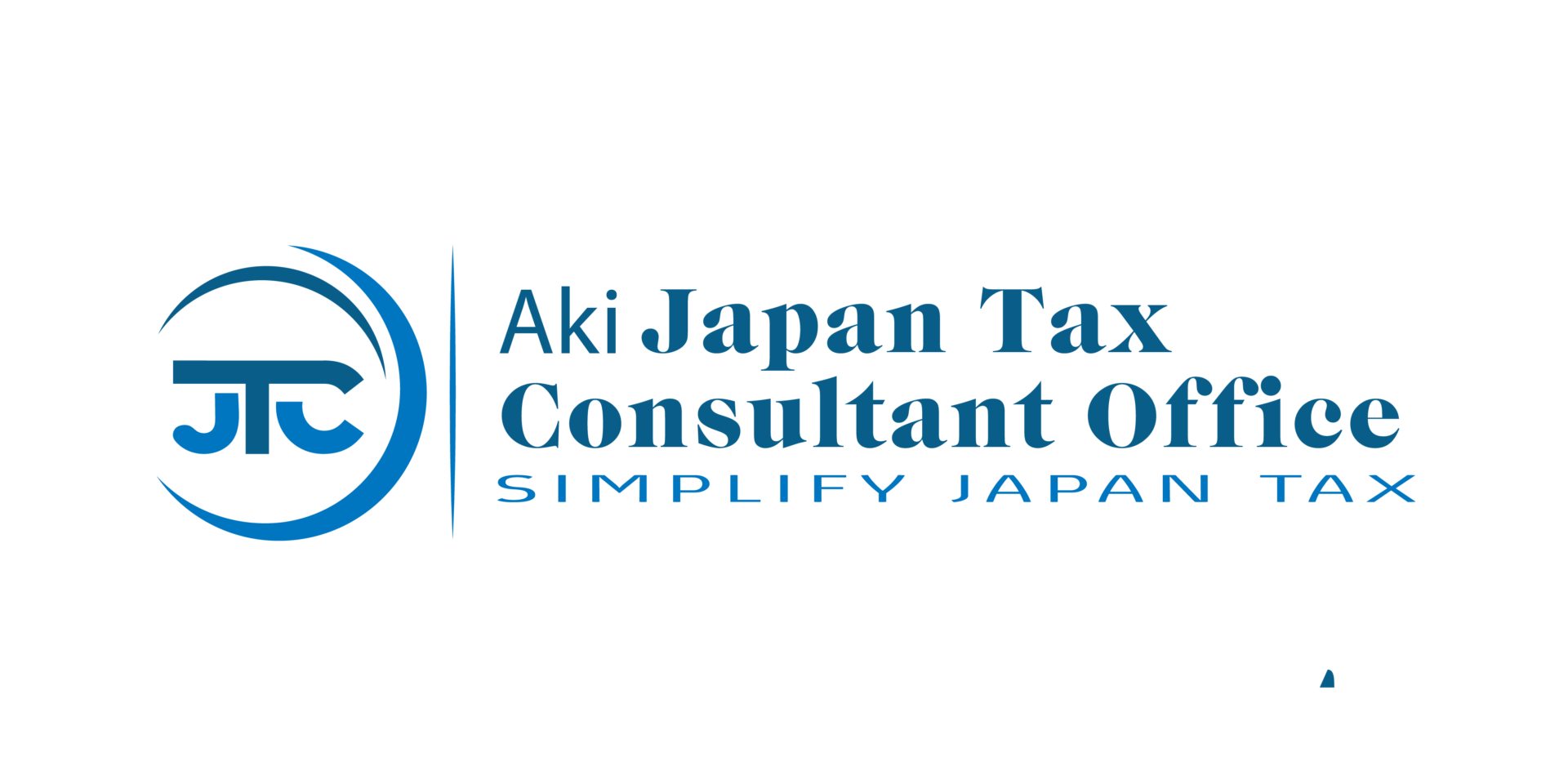Hello, dear readers! Today, we’re delving into Japan’s intricate world of labor categories, especially for IT engineers and freelancers. If you’ve ever wondered how Japan’s worker classifications differ from other countries, this blog post is for you.
—
- 1. Deciphering Labor Categories: UK vs. Japan
- 2. A Real-world Example: The Uber Eats Case
- 3. The ‘Worker’ Category: A Clear Division
- 4. Balancing Act: Legal Protection vs. Tax Implications
- 5. Business Income or Social Insurance: Which is More Beneficial?
- 6. Japan vs. The World: Different Approaches to Labor Laws
- Conclusion
1. Deciphering Labor Categories: UK vs. Japan
In many countries, like the UK, work arrangements are typically categorized into three main types: Employee, Worker, and Self-Employed. However, Japan simplifies this into two primary categories: 雇用 (Employment) and 請負 (Service Contract) or (委任) Delegation.
The crux of the difference between 雇用 (employment) and 請負 (Service Contract) in Japan lies in time restraints, location restraints, and the right to command. When these factors are present, the work should be classified as employment. However, there are instances where a worker is technically an employee, but the term “請負(service contract)” is misleadingly used.
—
2. A Real-world Example: The Uber Eats Case
The Uber Eats scenario in Japan provides a clear illustration. Unlike the US and UK, where Uber drivers are classified as ‘Workers’ and thus protected under labor laws, in Japan, they aren’t considered employees, leaving them without the same legal protections.
—
3. The ‘Worker’ Category: A Clear Division
Many countries have a well-defined ‘Worker’ category, which can significantly influence your rights and protections under labor laws. However, it’s worth noting that this category doesn’t exist in Japan.
—
4. Balancing Act: Legal Protection vs. Tax Implications
Being protected by labor laws often equates to being classified as an employee. This classification means your income is considered a salary, not a business one. This distinction is crucial, especially for those who prefer their income to be considered business income for tax reasons.
—
5. Business Income or Social Insurance: Which is More Beneficial?
The answer isn’t straightforward. It depends on various factors, including income level, personal circumstances, and plans. It’s essential to weigh the pros and cons of each to make an informed decision.
—
6. Japan vs. The World: Different Approaches to Labor Laws
Understanding that the differences between Japan and other countries aren’t about superiority or inferiority is vital. They arise from different labor law approaches. Awareness of these differences ensures you’re protected and understand your income category.
—
Conclusion
In the ever-evolving world of work, understanding labor classifications is paramount, especially if you’re navigating the Japanese job market. We hope this post sheds light on the unique aspects of Japanese workers and income classifications.
If you found this article insightful, please share it with others who might benefit. And for more in-depth explorations into business and tax, don’t forget to subscribe to our blog!
*Note: This blog post is a textual representation of the video content provided. For a more visual experience, please refer to the original video.*




